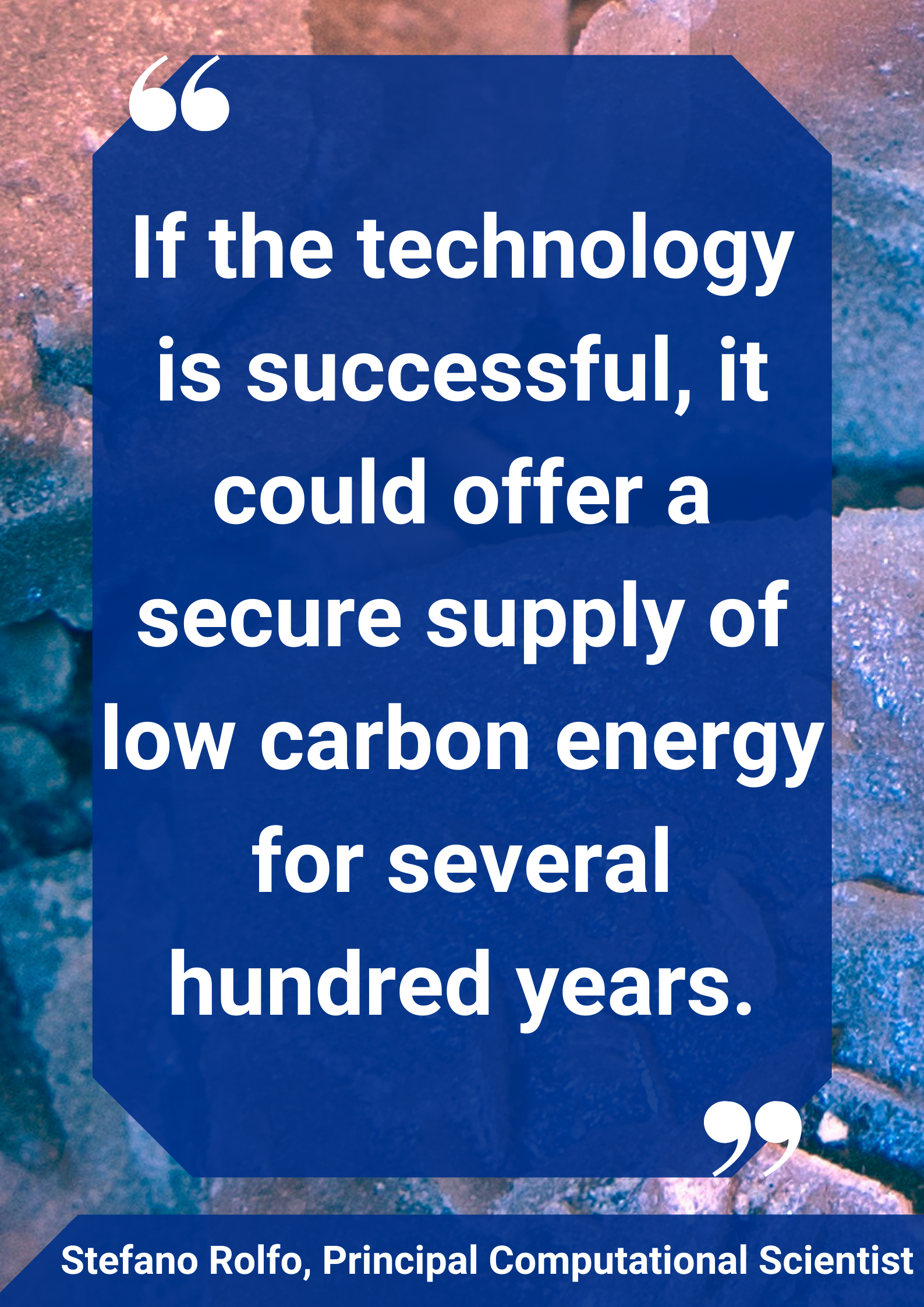As the UK's net-zero goals loom, Stefano Rolfo, Gregory Cartland-Glover and Leon Petit from the Science and Technology Facilities Council's (STFC) Scientific Computing Department, are carrying out research to model and simulate designs for the next generation of safe and sustainable nuclear reactors.
With minimal greenhouse emissions, fission reactors should be a forerunner for cleaner energy production. However, the nuclear power cycle still requires the mining and transport of uranium. Only 1% of mined material is actually used in energy production while the rest is discarded as nuclear waste – and discarding it safely is far easier said than done.

Molten Salt Fast Reactors, which use a molten salt mixture to carry the radioactive material have the potential to improve the sustainability of the nuclear cycle since they can use current nuclear waste as fuel and at the same time generate more, emission free, energy.
Stefano and colleagues are working alongside Professor Bruno Merk at the University of Liverpool with the aim of finding waysto understand the complex chemistry of these reactors to improve their sustainability and reduce corrosion damage.
Stefano said, “One way to do this is by plating certain parts with less reactive metals, but doing so can affect how well the part functions and even how it reacts to heat. We must understand these effects to create the safest, most efficient reactor possible"
Plating of noble metals, such as platinum, rhodium or palladium, on the vessel surface will have a large impact on the reactor's life and can have a positive impact in reducing corrosion damage.
Stefano said, “We can lower our global impact even more by using the fertile and radioactive material that already exists in the above-ground storage in the UK, whilst getting rid of leftover depleted uranium, plutonium and other by-products."
Making these ideas a reality still requires a lot of research. Numerical models, new relevant data stacks and datasets are still needed for us to fully understand the reactions and mechanics that will be going on in these machines.
Moving forward with this takes us a step closer to reaching Britain's net-zero goals, whilst getting rid of the nuclear waste that we expect to be an issue for generations to come.
